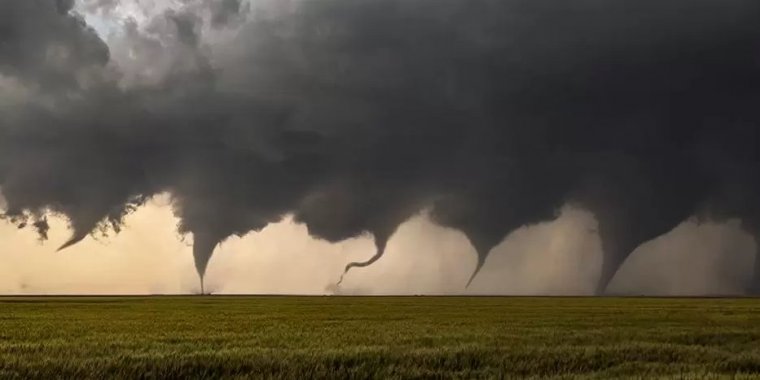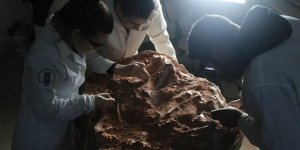| News / Science News |
Why does the United States have the most tornadoes in the world?
The central and eastern regions of the United States are the hotspots for Earth's most damaging and frequent tornadoes, scientists have found. In fact, the U.S. has the most tornadoes of any country in the world, but why?

Composite of eight images in two sequences as a tornado formed north of Minneola, Kansas, May 24, 2016. Photo: JasonWeingart
In a study, atmospheric scientist Dan Chavas of Purdue University and colleagues compared the severe weather potential of North America with that of South America.
South America has many severe thunderstorms, but far fewer tornadoes.
"Scientists are studying severe storms in South America to gain a better understanding of those in North America," says Chungu Lu, a program director in NSF's Division of Atmospheric and Geospace Sciences.
The researchers discovered that in South America, the rough texture of the land surface east of the Andes Mountains may play a role in preventing tornadoes over central South America.
In North America, however, tornadoes often form east of the Rockies, where air flows in from the relatively flat surface of the Gulf of Mexico.
The scientists then flipped the terrain types in climate model experiments and found that South America's tornado potential increased, while North America's decreased.
"Our findings indicate that large-scale … surface roughness is likely a first-order driver of the strong contrast in tornado potential between North and South America," write Chavas and co-authors. (U.S. National Science Foundation)
YOU MAY ALSO LIKE





